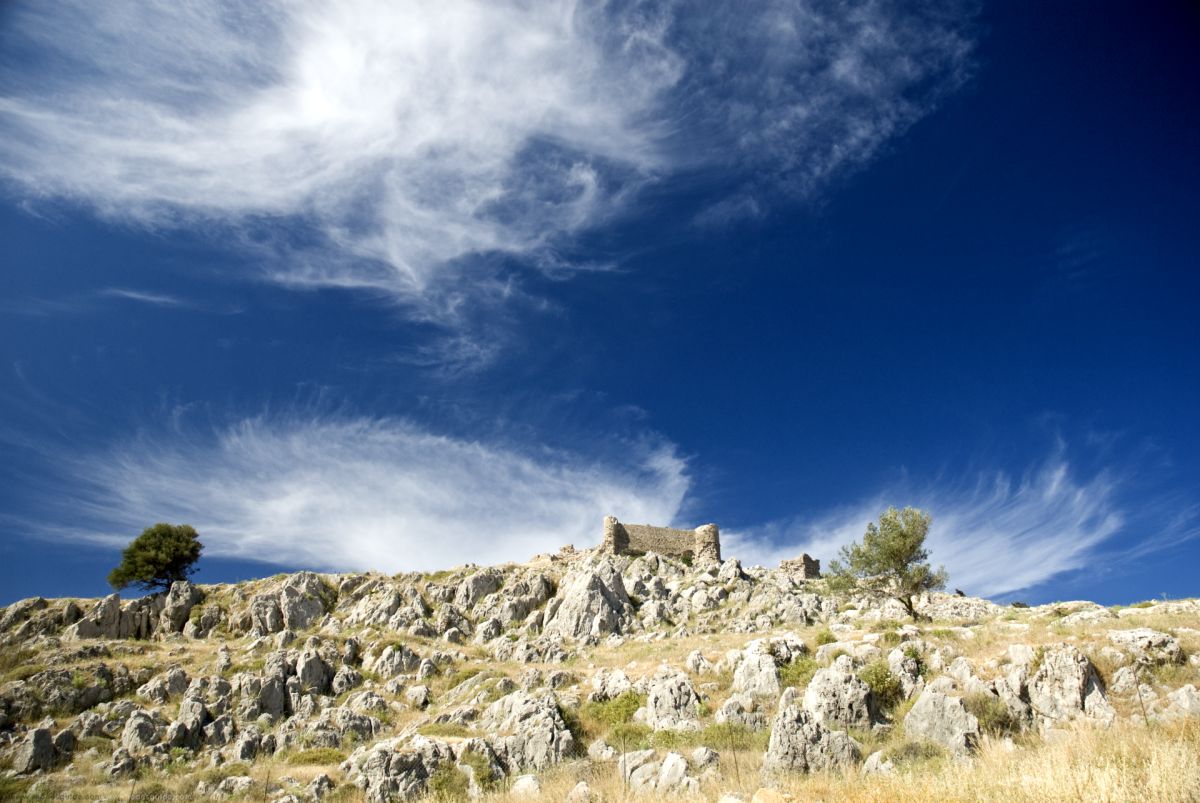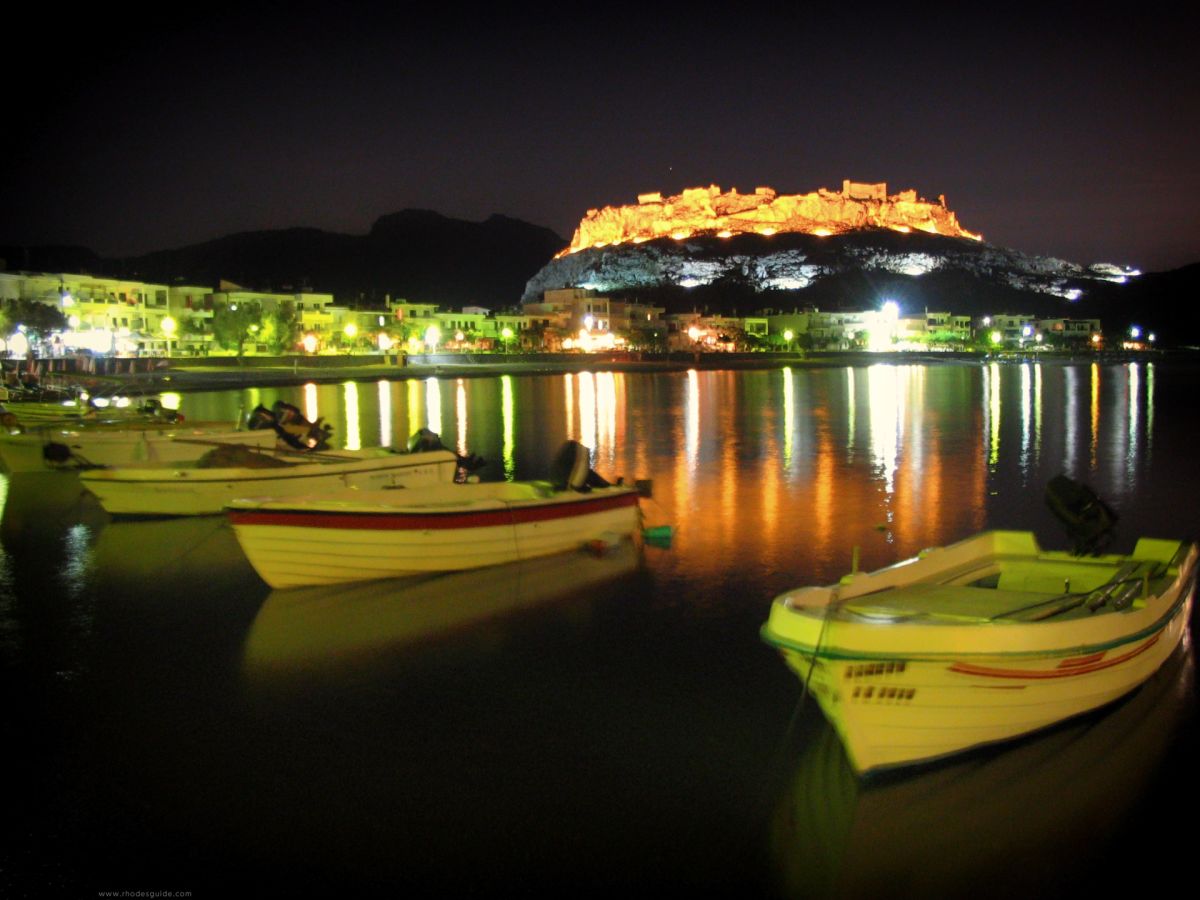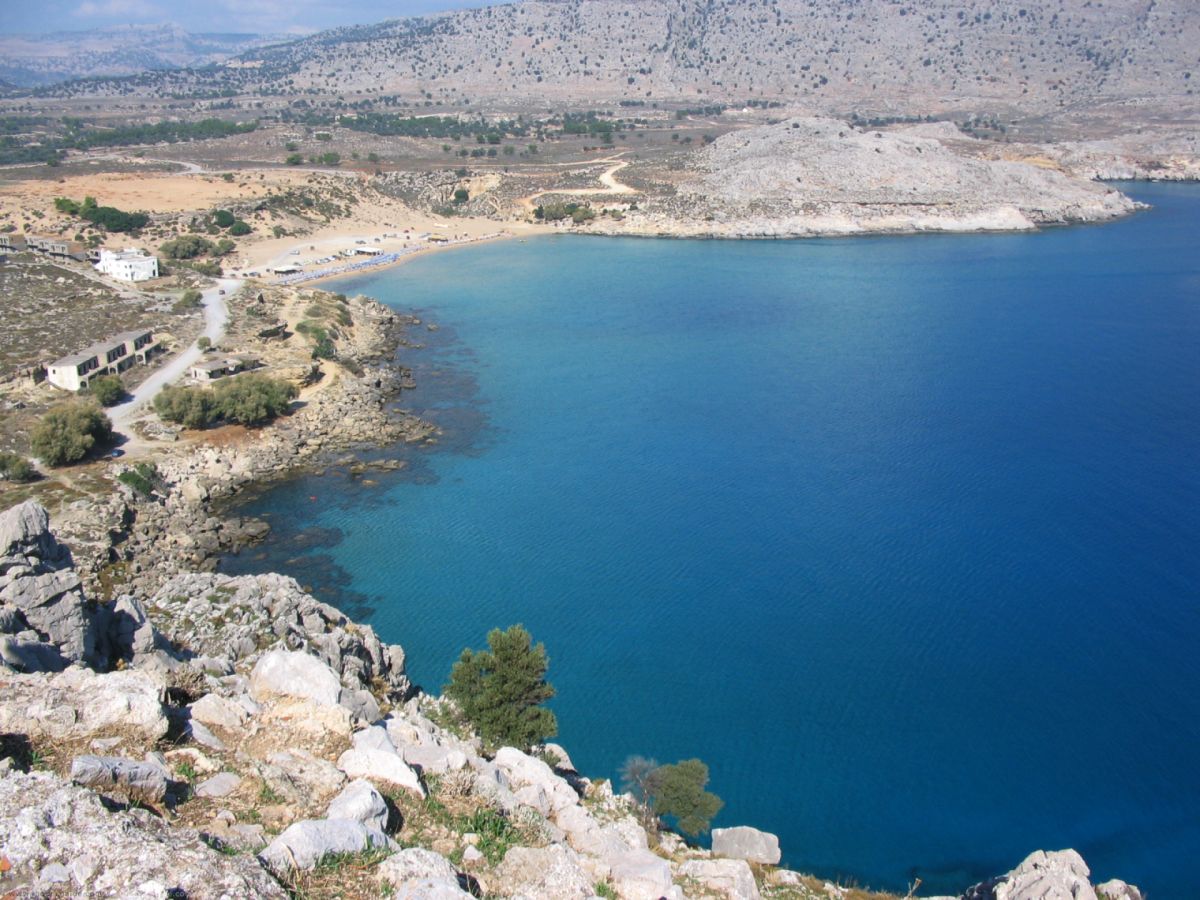It is now in a quite dilapidated condition. However, it used to be one of the most effectively bastioned fortresses of the Knights of St. John in the early 1300s. Exactly because of its strategic position, the Knights were able to easily monitor the activities of the enemy ships approaching the island as well as to safely travel to the sea routes of Near East and northern Africa.
The fortress was used as a stronghold by Arab pirates before the Knights’ arrival to Rhodes, who managed to expel the pirates and improve the strength of the fortifications. Many rooms of the castle were transformed into prison cells, serving to detain prisoners of war, but also foreign merchants found to have been involved in illegal businesses.

In 1445, the castle successfully confronted a severe attack by the Ottoman Turks, who were attempting to enter the island of Rhodes. But later on, the Knights were constantly challenged by a relentless siege from the Ottoman Empire and were struggling to protect themselves amongst the walls of the castle, until 1522, when the Rhodes town fall took place.
In 1523, the castle becomes a proper battlefield, where Suleiman the Magnificent manages to take over the castle and commands the residents to be slaughtered, and Prince Murat of Turkey, who had been planning to depose Suleiman while living in the castle, to be captured and subsequently hanged, along with members of his family.
Ever since, the castle was never occupied again, the residents of the surrounding areas abandoned the place, leaving only ruins and memories behind. One of the surrounding areas is the today’s Haraki, previously called Alia.

If you want to visit the castle today, you will have to be aware of the fact that the route to the single entry point available is quite grueling because of the slippery paths and the slightly dangerous steps you need to climb. Therefore, the attempt is probably not suitable for the elderly and young children.
The view of the castle today is rather an image of negligence and abandonment and this is evident by the vast wild vegetation and shrubbery you will see around the inside of the castle where life used to be dominant years ago. However, it would be very interesting to see the underground secret tunnels which once lead the way to the sea and were parts of the old water reservoir that used to provide water to the residents of the nearby areas.

Castle location:
37.2 km from Rhodes Town, the castle is easily viewed from both Haraki and Agathi beaches, as it sits on a steep hilltop. All you have to do, is park your vehicle to the parking designated area and walk up the path leading to the castle.


 English
English
 Deutsch
Deutsch
 Ελληνικά
Ελληνικά